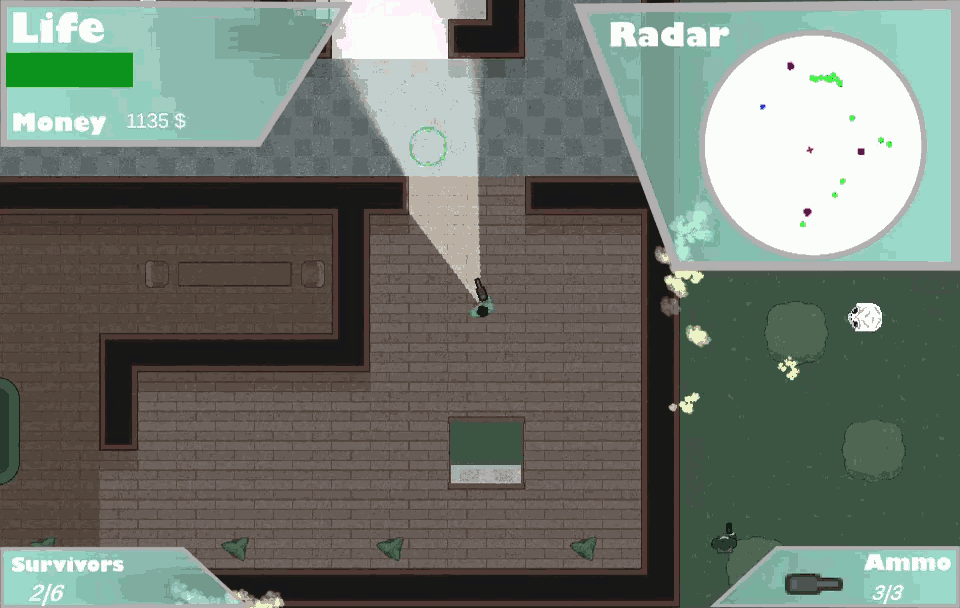- Zombie Horde 2fun In Ict Strategy
- Zombie Horde 2fun In Ict Syllabus
- Zombie Horde 2fun In Ict Course
- Zombie Horde 2fun In Ict Igcse
The Zombie Horde is a large group of Zombies led by Vaurien Scapegrace.They were created by the Revengers' Club to attack The Midnight Hotel so Billy-Ray Sanguine could steal a Remnant with a Soul Catcher. History Dark Days. Vaurien Scapegrace, the Zombie Horde's leader. After Vaurien Scapegrace was killed and revived as a Zombie, he was given a task to recruit more Zombies to create an army. Roblox Infection inc. Today I finish off my tycoon and rule the world with my zombie horde army. No one will stand in my way! Play Game Here: https://www.rob. Shaun of the Dead is the rom zom com co-written by Simon Pegg and Edgar Wright, released on April 9, 2004 in the UK and September 24, 2004 in the US. It was directed by Wright and stars Simon Pegg as Shaun, Nick Frost as Ed, Kate Ashfield as Liz, Lucy Davis as Dianne and Dylan Moran as David. 1 Plot 2 Cast 2.1 In order of appearance 2.2 Uncredited 3 Ed's foreshadowing 4 Errors 5 Dialogue 6.



Zombie Horde 2fun In Ict Strategy
In computing, a zombie is a computer connected to the Internet that has been compromised by a hacker, computer virus or trojan horse program and can be used to perform malicious tasks of one sort or another under remote direction. Botnets of zombie computers are often used to spread e-mail spam and launch denial-of-service attacks (DoS attacks). Most owners of 'zombie' computers are unaware that their system is being used in this way. Because the owner tends to be unaware, these computers are metaphorically compared to fictional zombies. A coordinated DDoS attack by multiple botnet machines also resembles a 'zombie horde attack', as depicted in fictional zombie films.
Advertising[edit]
Zombie computers have been used extensively to send e-mail spam; as of 2005, an estimated 50–80% of all spam worldwide was sent by zombie computers.[1] This allows spammers to avoid detection and presumably reduces their bandwidth costs, since the owners of zombies pay for their own bandwidth. This spam also greatly increases the spread of Trojan horses, as Trojans are not self-replicating. They rely on the movement of e-mails or spam to grow, whereas worms can spread by other means.[2] For similar reasons, zombies are also used to commit click fraud against sites displaying pay-per-click advertising. Others can host phishing or money mule recruiting websites.
Distributed denial-of-service attacks[edit]
Zombies can be used to conduct distributed denial-of-service (DDoS) attacks, a term which refers to the orchestrated flooding of target websites by large numbers of computers at once. The large number of Internet users making simultaneous requests of a website's server is intended to result in crashing and the prevention of legitimate users from accessing the site.[3] A variant of this type of flooding is known as distributed degradation-of-service. Committed by 'pulsing' zombies, distributed degradation-of-service is the moderated and periodical flooding of websites intended to slow down rather than crash a victim site. The effectiveness of this tactic springs from the fact that intense flooding can be quickly detected and remedied, but pulsing zombie attacks and the resulting slow-down in website access can go unnoticed for months and even years.[4]
The computing facilitated by Internet of Things (IoT) has been productive for modern day usage but it has played a significant role in the increase in such web attacks. The potential of IoT enables every device to communicate efficiently but this increases the need of policy enforcement regarding the security threats. Through these devices, the most prominent attacking behaviors is the DDoS. Research has been conducted to study the impact of such attacks on IoT networks and their compensating provisions for defense.[5]
Notable incidents of distributed denial- and degradation-of-service attacks in the past include the attack upon the SPEWS service in 2003, and the one against Blue Frog service in 2006. In 2000, several prominent Web sites (Yahoo, eBay, etc.) were clogged to a standstill by a distributed denial of service attack mounted by ‘MafiaBoy’, a Canadian teenager.

Smartphones[edit]
Beginning in July 2009, similar botnet capabilities have also emerged for the growing smartphone market. Examples include the July 2009 in the 'wild' release of the Sexy Space text message worm, the world's first botnet capable SMS worm, which targeted the Symbian operating system in Nokia smartphones. Later that month, researcher Charlie Miller revealed a proof of concept text message worm for the iPhone at Black Hat Briefings. Also in July, United Arab Emirates consumers were targeted by the Etisalat BlackBerry spyware program. In the 2010s, the security community is divided as to the real world potential of mobile botnets. But in an August 2009 interview with The New York Times, cyber security consultant Michael Gregg summarized the issue this way: 'We are about at the point with [smart]phones that we were with desktops in the '80s.'[6]
Zombie Horde 2fun In Ict Syllabus
See also[edit]
References[edit]
Zombie Horde 2fun In Ict Course
- ^Tom Spring (June 20, 2005). 'Spam Slayer: Slaying Spam-Spewing Zombie PCs'. PC World. Archived from the original on July 16, 2017. Retrieved December 19, 2015.
- ^White, Jay D. (2007). Managing Information in the Public Sector. M.E. Sharpe. p. 221. ISBN978-0-7656-1748-4.
- ^Weisman, Steve (2008). The Truth about Avoiding Scams. FT Press. p. 201. ISBN978-0-13-233385-6.
- ^Schwabach, Aaron (2006). Internet and the Law. ABC-CLIO. p. 325. ISBN1-85109-731-7.
- ^Lohachab, Ankur; Karambir, Bidhan (September 1, 2018). 'Critical Analysis of DDoS—An Emerging Security Threat over IoT Networks'. Journal of Communications and Information Networks. 3 (3): 57–78. doi:10.1007/s41650-018-0022-5. ISSN2509-3312. S2CID52924506.
- ^Furchgott, Roy (August 14, 2009). 'Phone Hacking Threat Is Low, but it Exists'. Gadgetwise Blog. New York Times. Archived from the original on July 16, 2017. Retrieved July 16, 2017.
Zombie Horde 2fun In Ict Igcse
External links[edit]

Comments are closed.